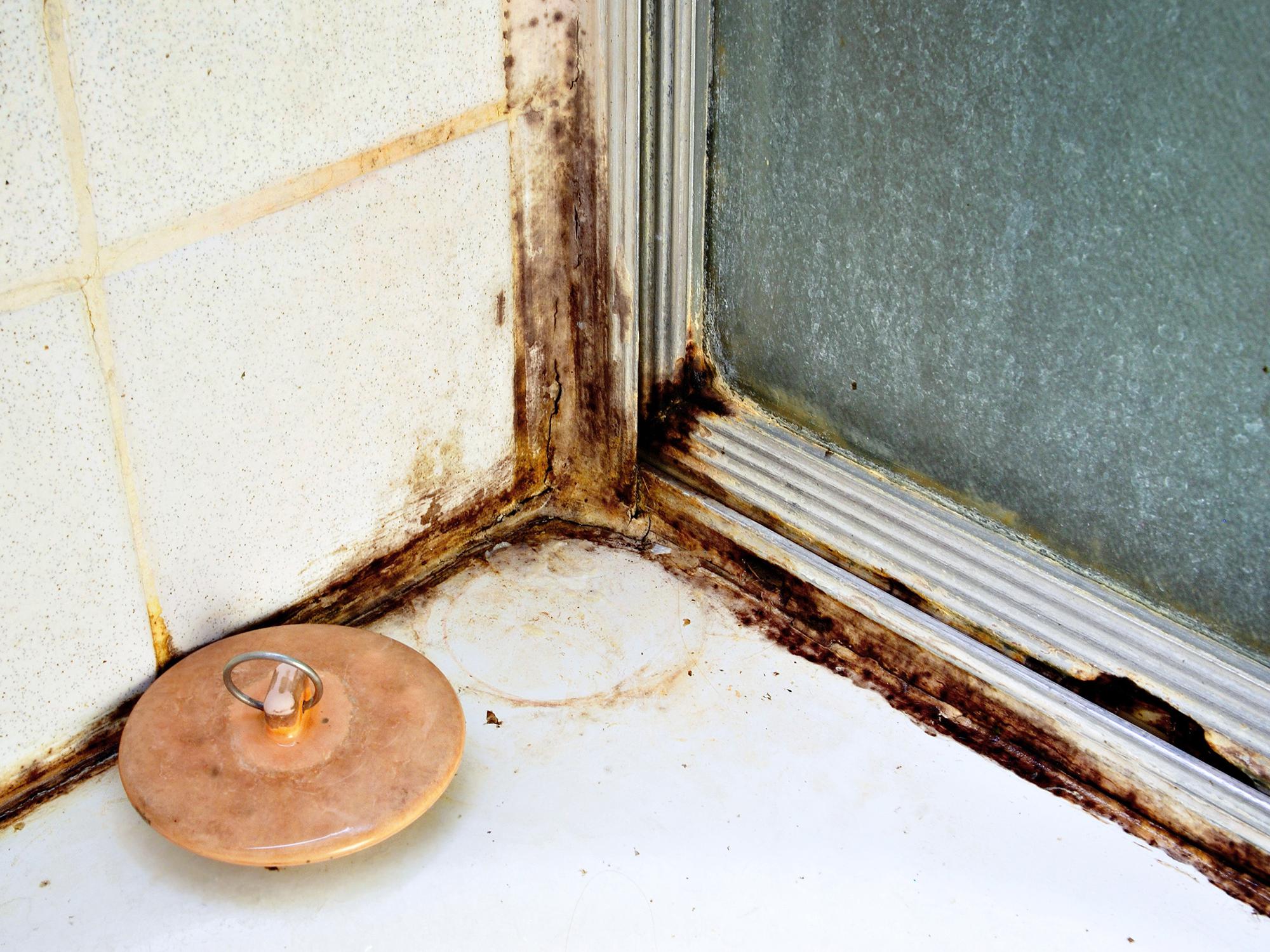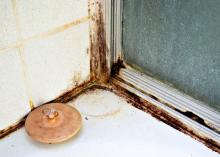Information Possibly Outdated
The information presented on this page was originally released on March 9, 2017. It may not be outdated, but please search our site for more current information. If you plan to quote or reference this information in a publication, please check with the Extension specialist or author before proceeding.
Maintenance, cleaning keep mildew out of homes
STARKVILLE, Miss. -- Mississippi's humid climate creates a perfect breeding ground for mold and mildew, especially in cluttered, unventilated homes.
Many people recognize these fungi by their musty smells on clothing and dark spots on walls and ceilings, but growth usually begins in areas that are unseen or difficult to access.
"The growth of mildew can take place in damp areas of the home like showers, sinks, bathrooms and kitchens," said Brooke Knight, an agent with the Mississippi State University Extension Service in Jones County. “It can also -- and more secretly -- grow in areas where there is a leak into the home. This may take place under air conditioning ducts, under sinks and bathtubs, or through a leaky roof or window.”
Though the terms “mold” and “mildew” are often used interchangeably, that usage is not completely accurate. Mildew is a form of mold.
“Mildew is most consistently seen as a damp, slimy-covered surface, while mold is often seen as small black or green, hairy fibers on porous surfaces,” Knight said.
David Buys, MSU Extension state health specialist, said both fungi could cause major health risks and compromise a home’s condition if not quickly removed.
“Because mold and mildew produce allergens, they pose issues for people who suffer from allergies or asthma,” he said. “But the fungi can also affect anyone without allergies if exposed. Symptoms could include sneezing, runny nose, red or watery eyes, or skin rash.”
The science on the connection between how much mold and mildew cause adverse health reactions is unclear, he added.
“For some people, it might be just a little mold in the home that aggravates their allergies, and for others, it might take a lot,” Buys said. “That’s why it’s important to take any mold and mildew prevention and remediation seriously.”
The easiest way to protect homes from mold and mildew is to cut off the most necessary element for their growth: moisture. This strategy involves keeping homes well ventilated and clean.
Seal any cracks in doors or walls where moisture can build up. Clean damp areas such as kitchens, bathtubs or under-sink cabinets frequently to reduce mold-feeding spores and microbes. Check attics regularly, as they are high-risk spaces for mold growth.
Throw out leftover food that has been in the refrigerator for more than one week, and do not leave leftover food sitting out at room temperature. Do not leave damp clothing in appliances for extended periods.
“After a couple of days left forgotten in the washing machine, clothing with a sour odor will indicate the growth of mold or mildew,” Knight said. “At this point, it will be necessary to rewash the clothing, preferably with bleach.”
Widespread mildew and mold growth can come from rain-soaked carpets and flood-damaged floors. MSU Extension publications that address these concerns are available online. Publications 1925, “Disaster Relief: Cleaning Flood-Damaged Carpets and Rugs,” and 1702, “Disaster Relief: Home Cleanup and Renovation for Floors,” can be found at http://bit.ly/2mjpSYo.
MSU Extension Publication 1983, "Cleaning Living Areas,” is accessible from the same website.
MSU Extension is a partner of the Healthy Homes Initiative, delivering education to improve the health of families, homes and communities. The initiative is a program of the USDA National Institute of Food and Agriculture. For more information or to request a workshop about keeping homes healthy, visit the Extension website at http://extension.msstate.edu/hhi.




